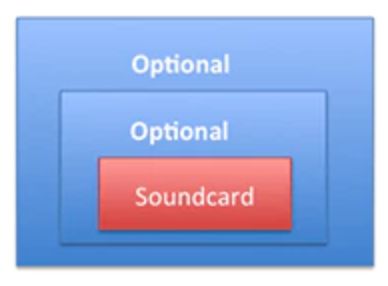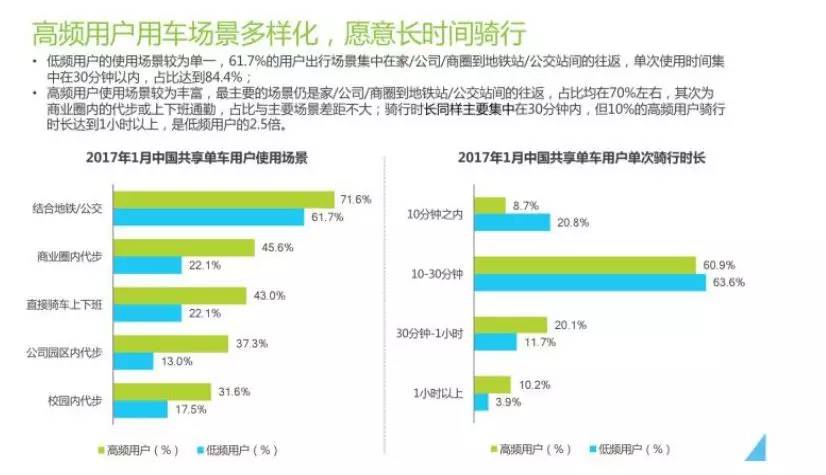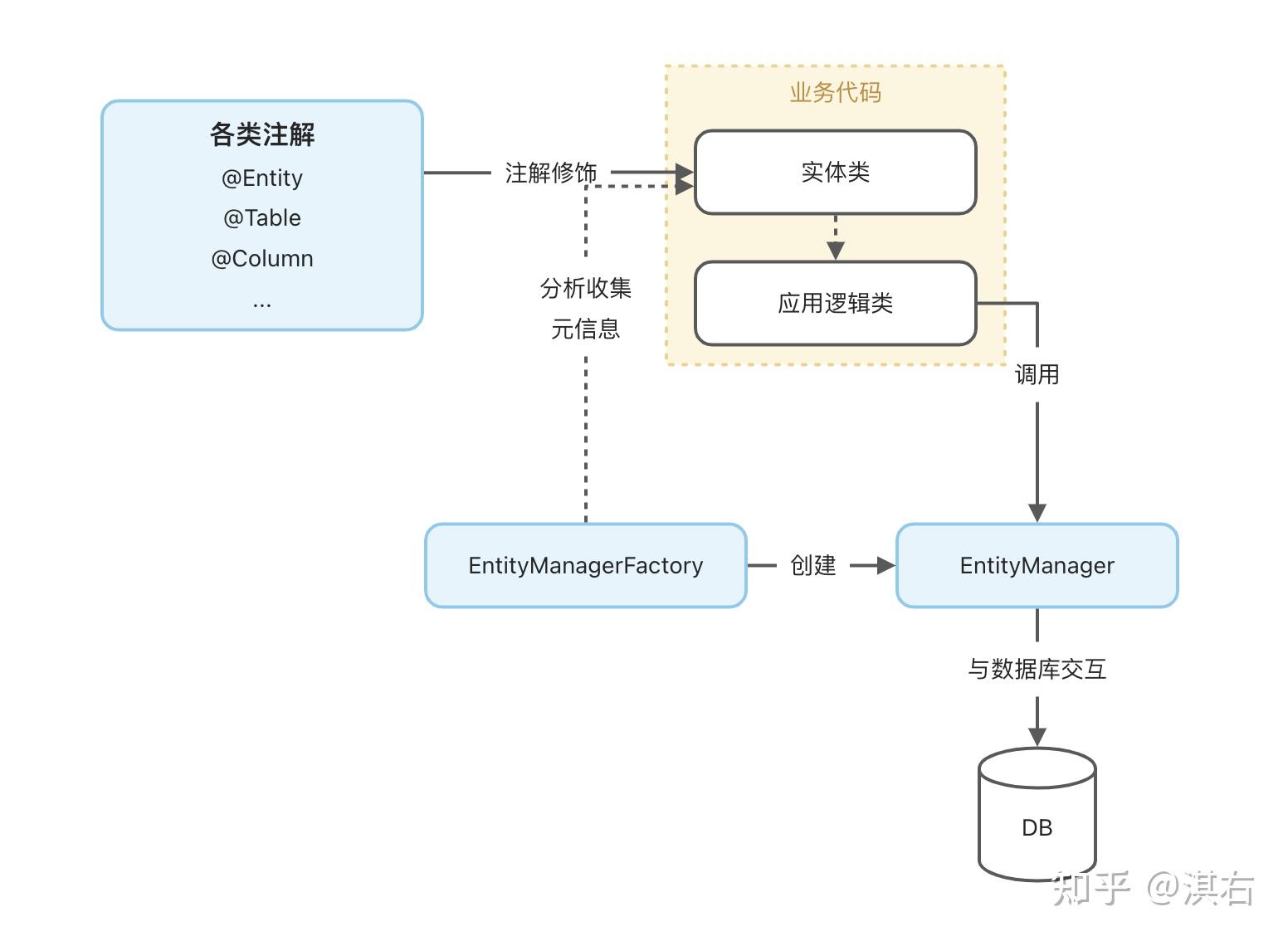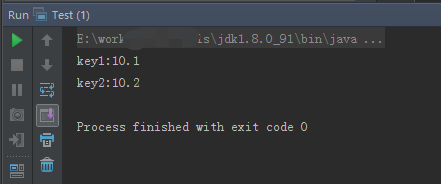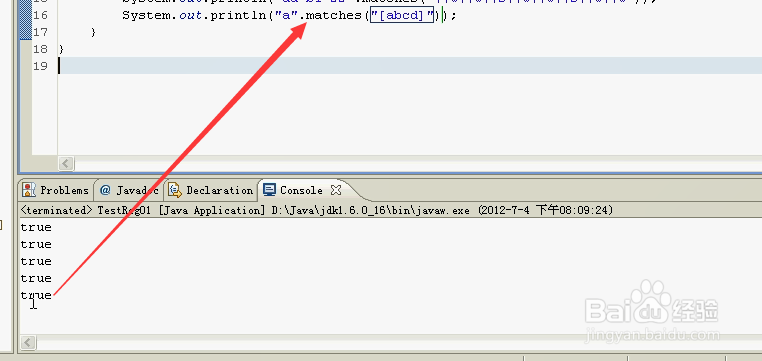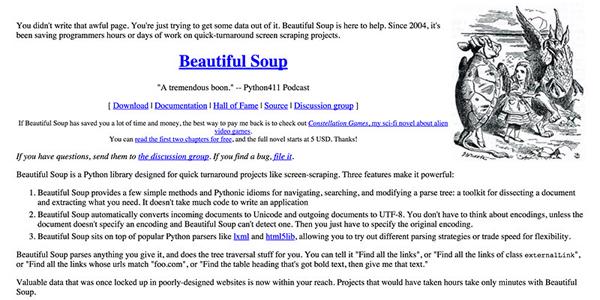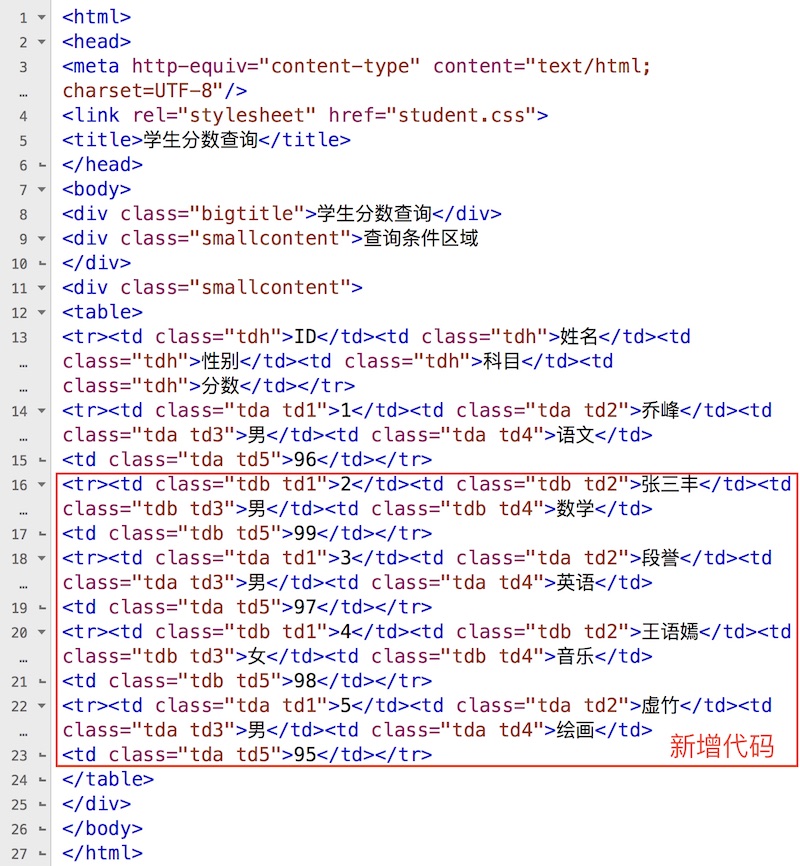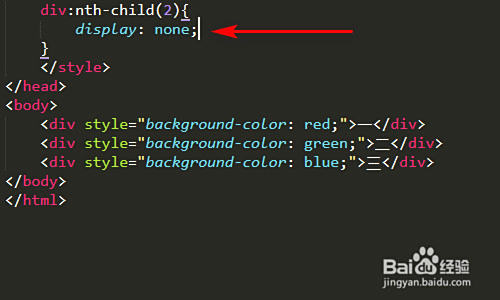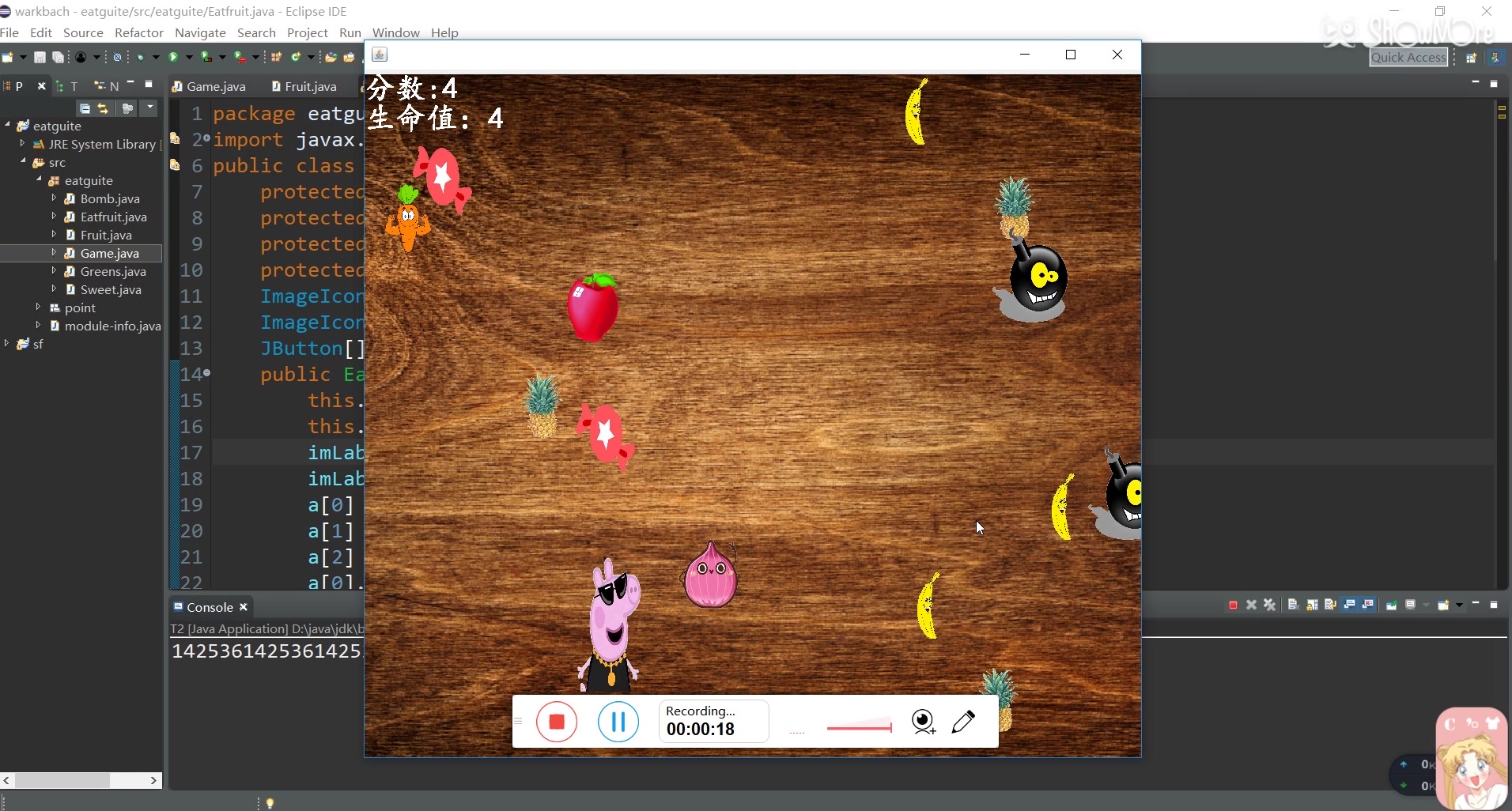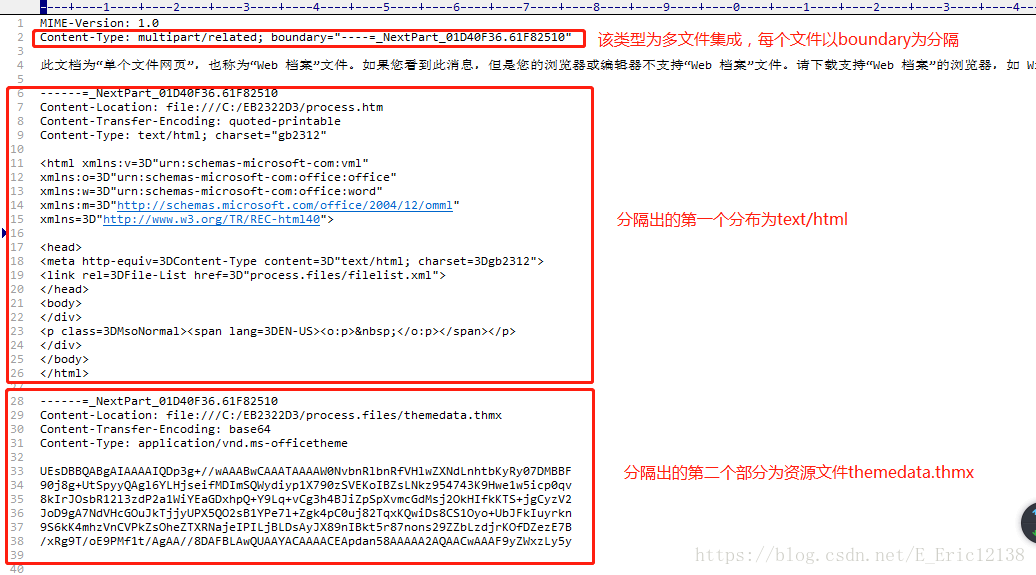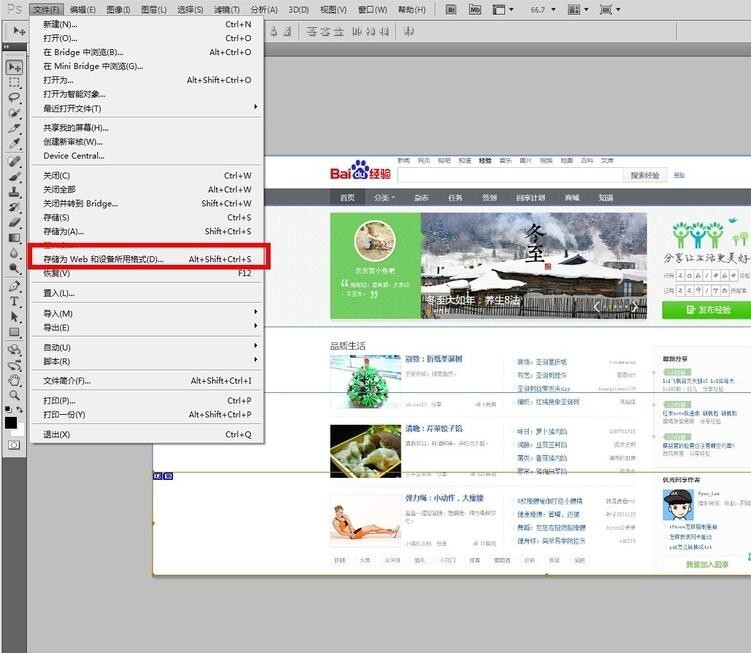上一篇
如何在Java中使用正则表达式?
- 后端开发
- 2025-06-12
- 4922
在Java中使用正则表达式需通过
java.util.regex包,主要用
Pattern和
Matcher类,先编译正则字符串为Pattern对象,再用其创建Matcher进行匹配操作,
Pattern.compile("regex").matcher(input).matches(),String类也提供
matches()、
split()等快捷方法直接操作。
在Java中,正则表达式(Regular Expression)通过java.util.regex包实现,核心类是Pattern和Matcher,以下是详细使用指南:
基础用法
字符串匹配(String.matches())
String text = "hello123";
boolean isMatch = text.matches("hello\d+"); // 匹配"hello"后跟数字
System.out.println(isMatch); // 输出 true
matches()方法直接判断整个字符串是否匹配正则表达式。
字符串分割(String.split())
String data = "apple,orange,banana";
String[] fruits = data.split(",\s*"); // 按逗号(可能含空格)分割
// 结果: ["apple", "orange", "banana"]
字符串替换(String.replaceAll())
String input = "用户电话:123-4567";
String output = input.replaceAll("\d", "*");
// 结果: "用户电话:***-****"
高级功能:Pattern与Matcher
编译正则表达式(Pattern)
Pattern pattern = Pattern.compile("\b\w+\b"); // 匹配单词边界
匹配查找(Matcher)
Matcher matcher = pattern.matcher("Hello Java Regex");
while (matcher.find()) {
System.out.println("找到: " + matcher.group());
}
// 输出:
// 找到: Hello
// 找到: Java
// 找到: Regex
分组提取
Pattern datePattern = Pattern.compile("(\d{4})-(\d{2})-(\d{2})");
Matcher dateMatcher = datePattern.matcher("2025-10-05");
if (dateMatcher.find()) {
System.out.println("年: " + dateMatcher.group(1)); // 2025
System.out.println("月: " + dateMatcher.group(2)); // 10
System.out.println("日: " + dateMatcher.group(3)); // 05
}
条件替换
Matcher matcher = Pattern.compile("cat").matcher("one cat, two cats");
String result = matcher.replaceAll("dog");
// 结果: "one dog, two dogs"
常用正则语法
| 表达式 | 说明 | 示例 |
|---|---|---|
d |
数字 | "a1b2" → 1,2 |
w |
字母、数字或下划线 | "user_name" → 匹配 |
s |
空白字符(空格、制表符) | "a b" → 匹配空格 |
| 任意字符(除换行符) | "a.c" → abc |
|
| 0次或多次重复 | "a*b" → b, ab |
|
| 1次或多次重复 | "a+b" → ab |
|
{n,m} |
重复n到m次 | "a{2,3}" → aa |
^ / |
开始/结束位置 | "^Java"匹配开头 |
[abc] |
字符集合(a、b或c) | "[aeiou]"匹配元音 |
性能优化与注意事项
- 预编译正则表达式
// 避免重复编译(线程安全) private static final Pattern EMAIL_PATTERN = Pattern.compile("\w+@\w+\.com"); - 避免贪婪匹配
使用或进行非贪婪匹配: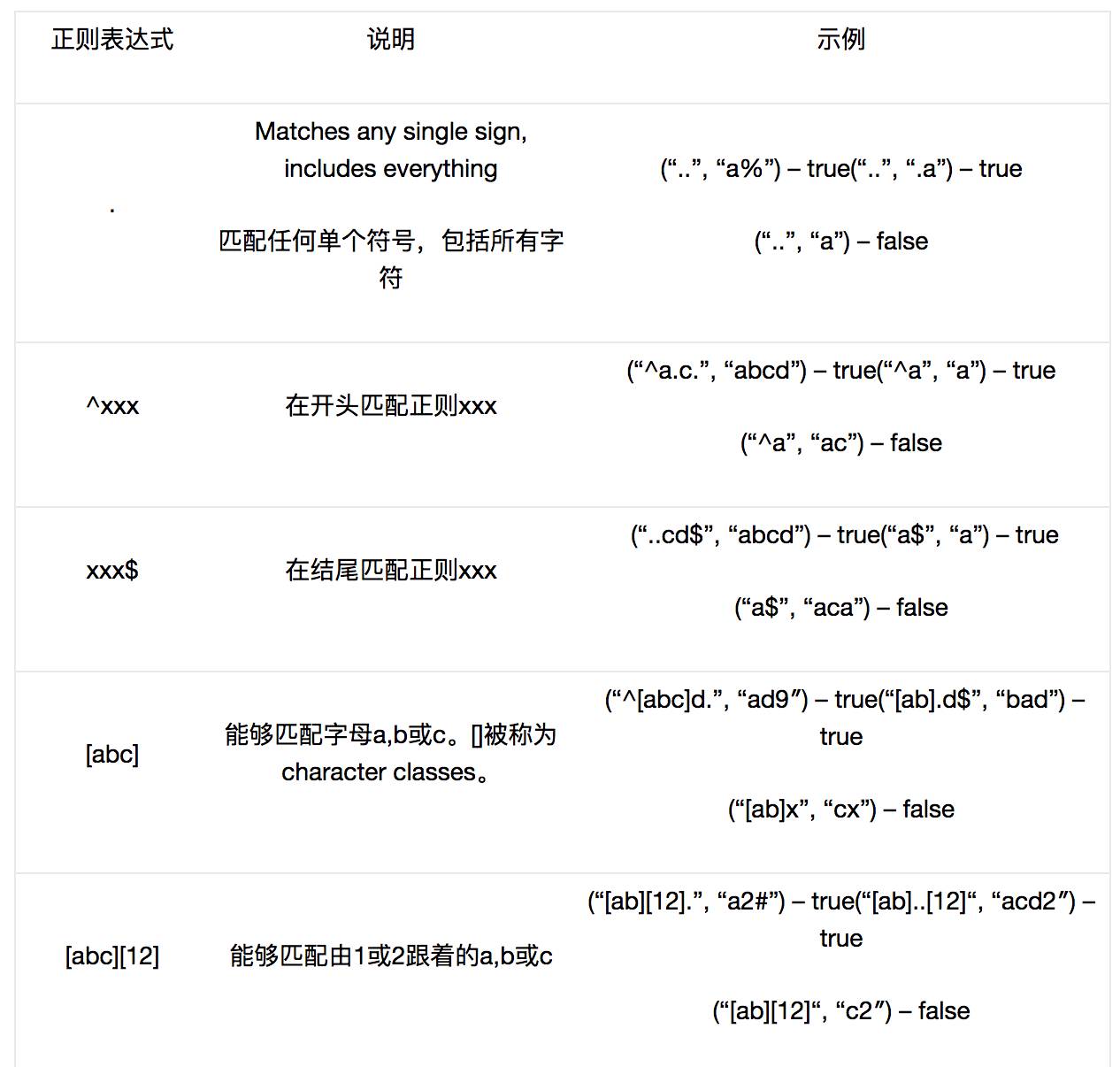
Pattern.compile("<div>.*?</div>"); // 匹配最小范围的div - 处理特殊字符
用Pattern.quote()转义特殊字符:String safeRegex = Pattern.quote("user+input"); // 转义"+" - 边界情况
Matcher操作后需重置:matcher.reset(newText)。- 多行模式:
Pattern.compile("^start", Pattern.MULTILINE)。
完整示例:邮箱验证
import java.util.regex.*;
public class EmailValidator {
private static final Pattern EMAIL_PATTERN =
Pattern.compile("^[\w.-]+@[\w.-]+\.\w{2,}$");
public static boolean isValid(String email) {
return EMAIL_PATTERN.matcher(email).matches();
}
public static void main(String[] args) {
System.out.println(isValid("test@example.com")); // true
System.out.println(isValid("invalid.email")); // false
}
}
常见问题
- 匹配中文
Pattern.compile("[u4e00-u9fa5]+"); // 匹配中文字符 - 提取URL
Pattern.compile("https?://[\w./?=&#]+"); - 线程安全
Matcher非线程安全,需在方法内局部创建。
Java正则表达式通过Pattern和Matcher提供强大文本处理能力,关键步骤:
- 用
Pattern.compile()预编译正则表达式。 - 通过
matcher()创建匹配器。 - 使用
find()/group()提取数据或replaceAll()修改文本。
引用说明参考Oracle官方文档Java Regular Expressions及《Java核心技术卷II》(机械工业出版社),正则语法遵循POSIX标准,示例代码在JDK 8+测试通过。

